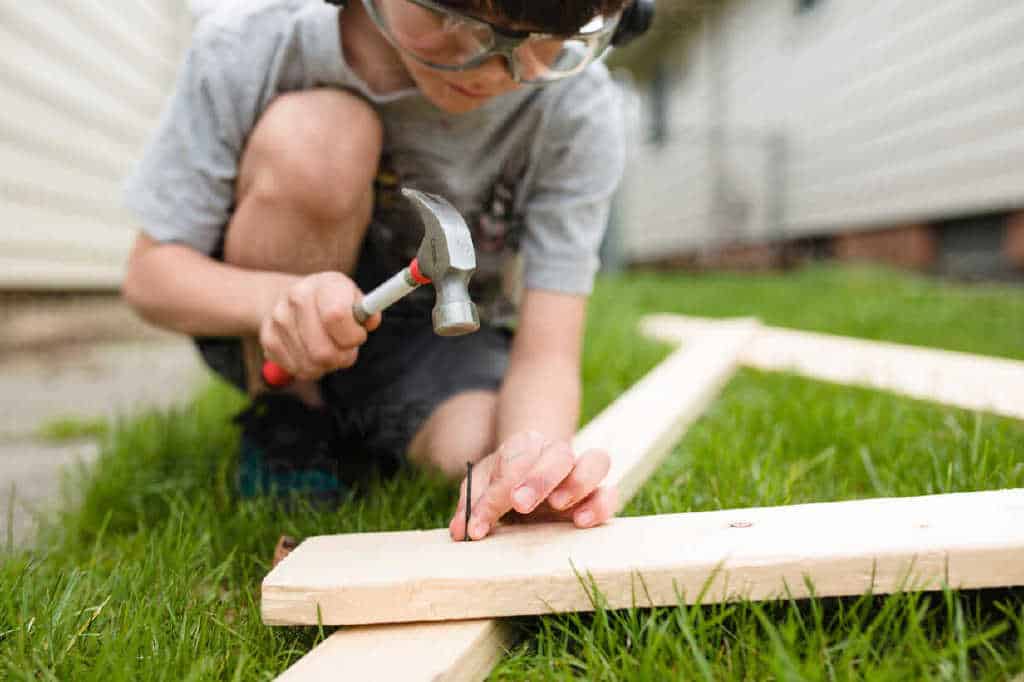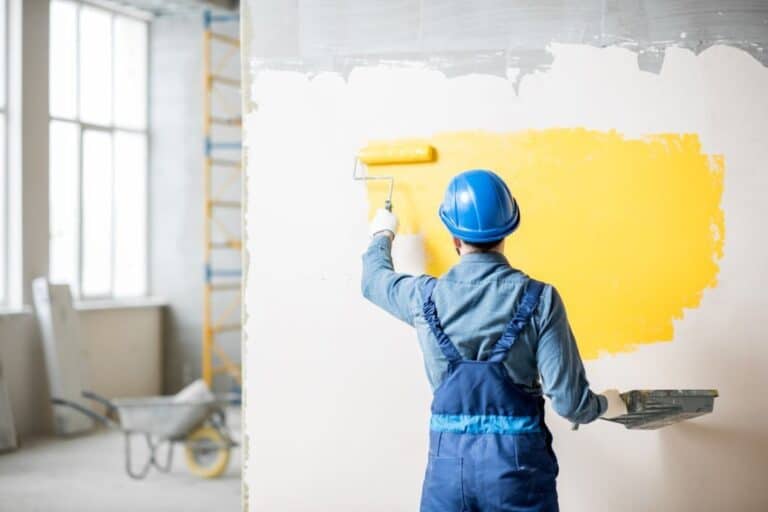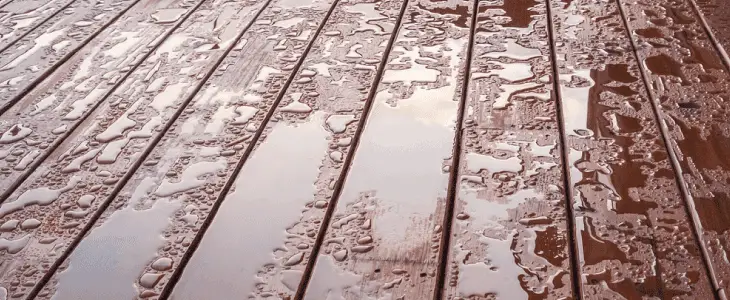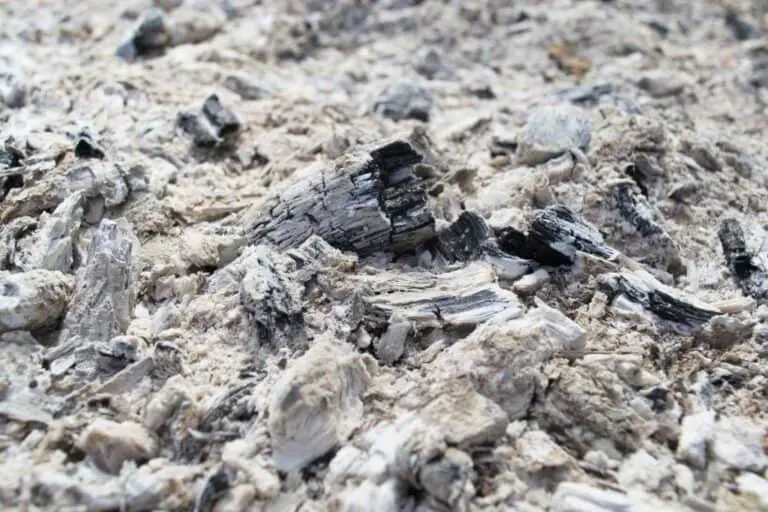Is Hammering Wood Together a Physical Change? An Explanation By Science

When it comes to woodworking, the question of whether hammering wood together is a physical change or a chemical change often arises. It’s an interesting question because the answer isn’t straightforward.
Physical changes refer to changes that alter the physical state of a substance without changing its chemical composition, while chemical changes involve a chemical reaction that creates a new substance with different chemical properties.
So, is hammering wood together a physical change? In this article, we’ll take a closer look at physical changes and examine the process of hammering wood to determine whether or not it qualifies as a physical change.
Physical vs. Chemical Changes
Before we delve into whether hammering wood together is a physical change, let’s first define physical and chemical changes.
A physical change is a change in a substance’s physical properties, such as its shape, size, or state of matter. For example, melting an ice cube, cutting a piece of paper, or crushing a can are all physical changes because they don’t alter the chemical makeup of the substance.
A chemical change, on the other hand, is a change in a substance’s chemical properties, resulting in the formation of a new substance. Examples of chemical changes include burning a piece of wood, rusting iron, or cooking an egg.
Properties of Wood and How They Respond to Force
Wood is a natural material that has been used for centuries to create a variety of structures and objects, from furniture to buildings. It is a complex substance made up of cellulose, hemicellulose, and lignin, all of which give it its unique properties. When it comes to force, wood can respond in different ways depending on its species, moisture content, and age.
One of the most important properties of wood is its elasticity. Wood is known for its ability to bend and flex without breaking, making it an ideal material for construction and furniture-making. However, when enough force is applied, wood can break or fracture. The amount of force required to break wood depends on its species, with some woods being more resistant to force than others.
Another important property of wood is its hardness. The hardness of wood can vary greatly depending on its species and age, with some woods being soft and others being hard. The hardness of wood is measured on the Janka scale, which rates the resistance of wood to denting and wear. The Janka rating of a wood species can affect how it responds to force, with harder woods being more resistant to breaking and damage.
The moisture content of wood can also affect how it responds to force. Wood that is too dry can become brittle and more susceptible to breaking, while wood that is too wet can become soft and less resistant to force. The ideal moisture content for wood varies depending on its species and intended use, but it generally falls between 6-12%.
The Process of Hammering Wood Together
Now that we understand the difference between physical and chemical changes let’s examine whether hammering wood together falls into either of these categories.
When you hammer two pieces of wood together, you are physically altering the shape and size of the wood. The force of the hammer causes the wood fibers to compress and bend, resulting in a change in the wood’s shape. In this sense, hammering wood together is a physical change.
However, hammering wood together doesn’t alter the chemical makeup of the wood. The wood fibers remain the same, and no new substance is formed. Therefore, hammering wood together is not a chemical change.
Physical Changes During Hammering Wood Together
There are several physical changes that occur during the process of hammering wood together. These changes include:
- The wood is compressed and deformed around the nail or screw.
- The wood may crack or split if the nail or screw is driven in too forcefully.
- The wood may become discolored or damaged if the hammer strikes it directly.
All of these physical changes occur without altering the chemical composition of the wood. The wood remains the same substance before and after it is hammered together with nails or screws.
Is Hammering Wood Together a Physical Change or a Chemical Change?
Based on our understanding of physical changes, it’s safe to say that hammering wood together is a physical change. While the wood may be compressed, deformed, cracked, or discolored during the process of hammering, its chemical composition remains the same. The wood is still wood, and no new substances are created during the process.
It’s important to note that while hammering wood together is a physical change, there are some instances where the process may involve a chemical change. For example, if you were to use wood glue to hold two pieces of wood together, the glue would create a chemical bond between the two pieces, resulting in a chemical change.
Conclusion
In conclusion, hammering wood together is a physical change. While the process of hammering may result in physical changes to the wood, such as compression, deformation, cracking, or discoloration, the chemical composition of the wood remains unchanged.
Understanding physical changes is an essential part of understanding the basic concepts of chemistry, and it has many practical applications in various fields. By learning about physical changes, we can make better decisions and achieve better outcomes in our everyday lives.
So, the next time you’re hammering wood together, take a moment to appreciate the physical changes that are occurring and the science behind them.






